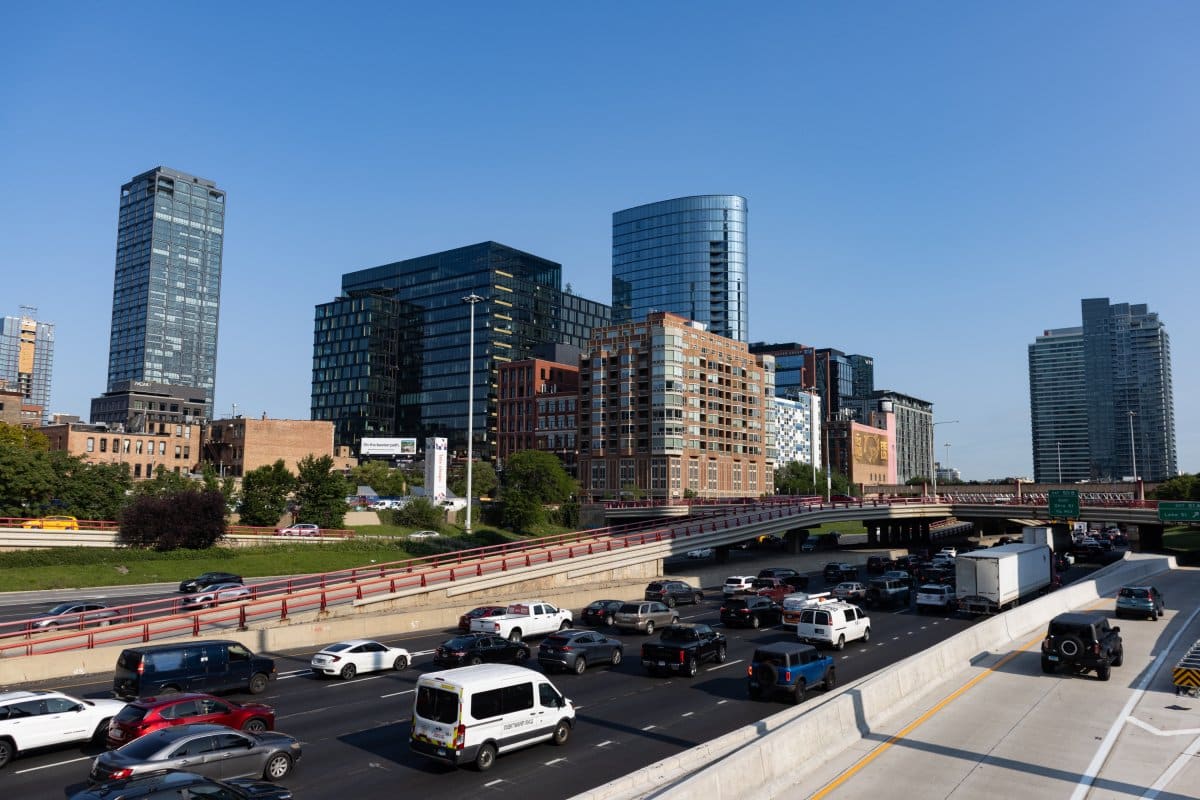Ah, the joy of American roadways. Potholes deep enough to double as swimming pools, traffic like a parade that nobody wanted to attend, and road markings as mysterious as crop circles. If you’ve ever fantasized about driving in a post-apocalyptic movie, these states have got you covered:
#1. Louisiana
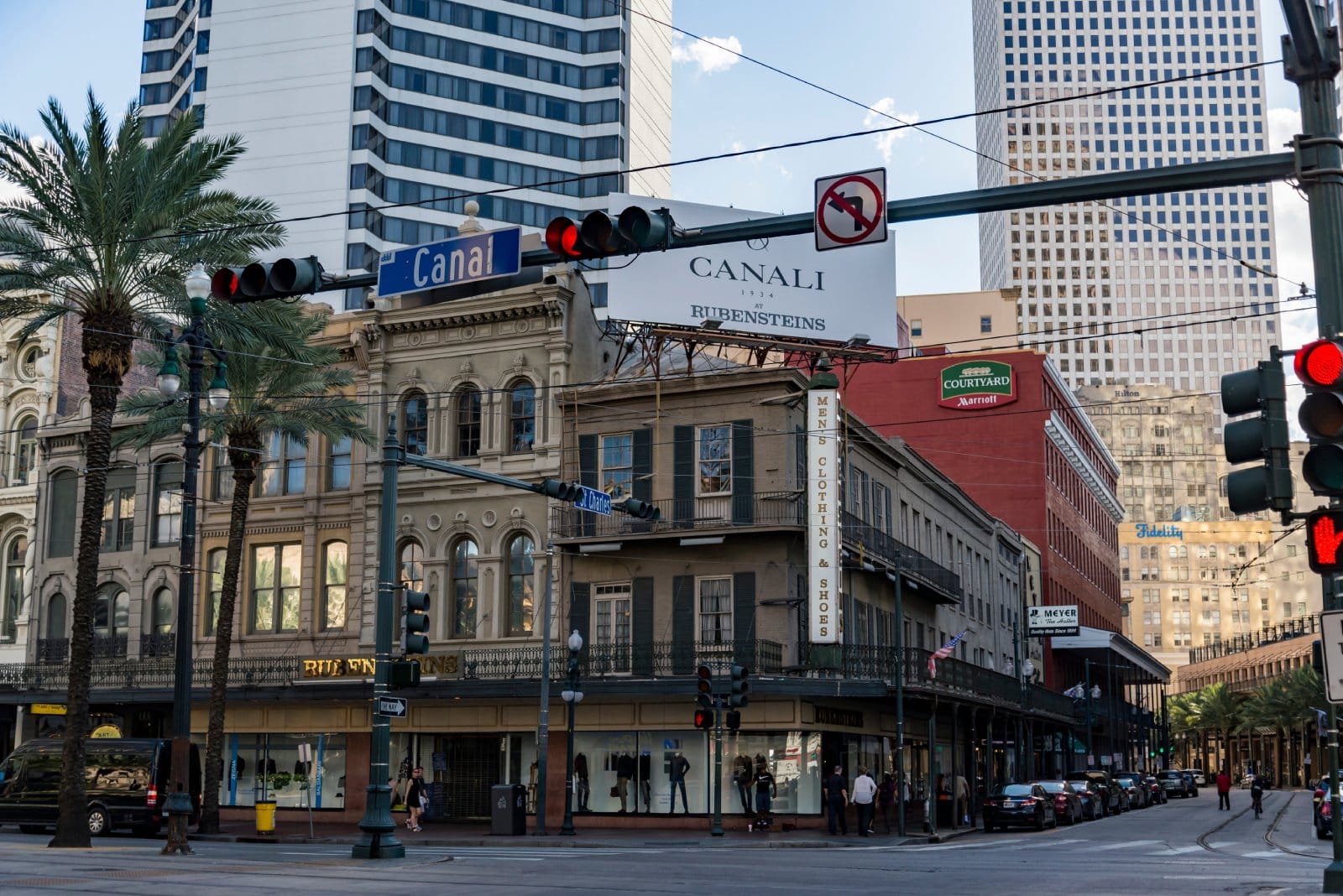
Louisiana consistently ranks poorly for road quality. Factors include significant flooding, which erodes road foundations, and budget constraints that limit proper maintenance and improvements.
#2. Rhode Island
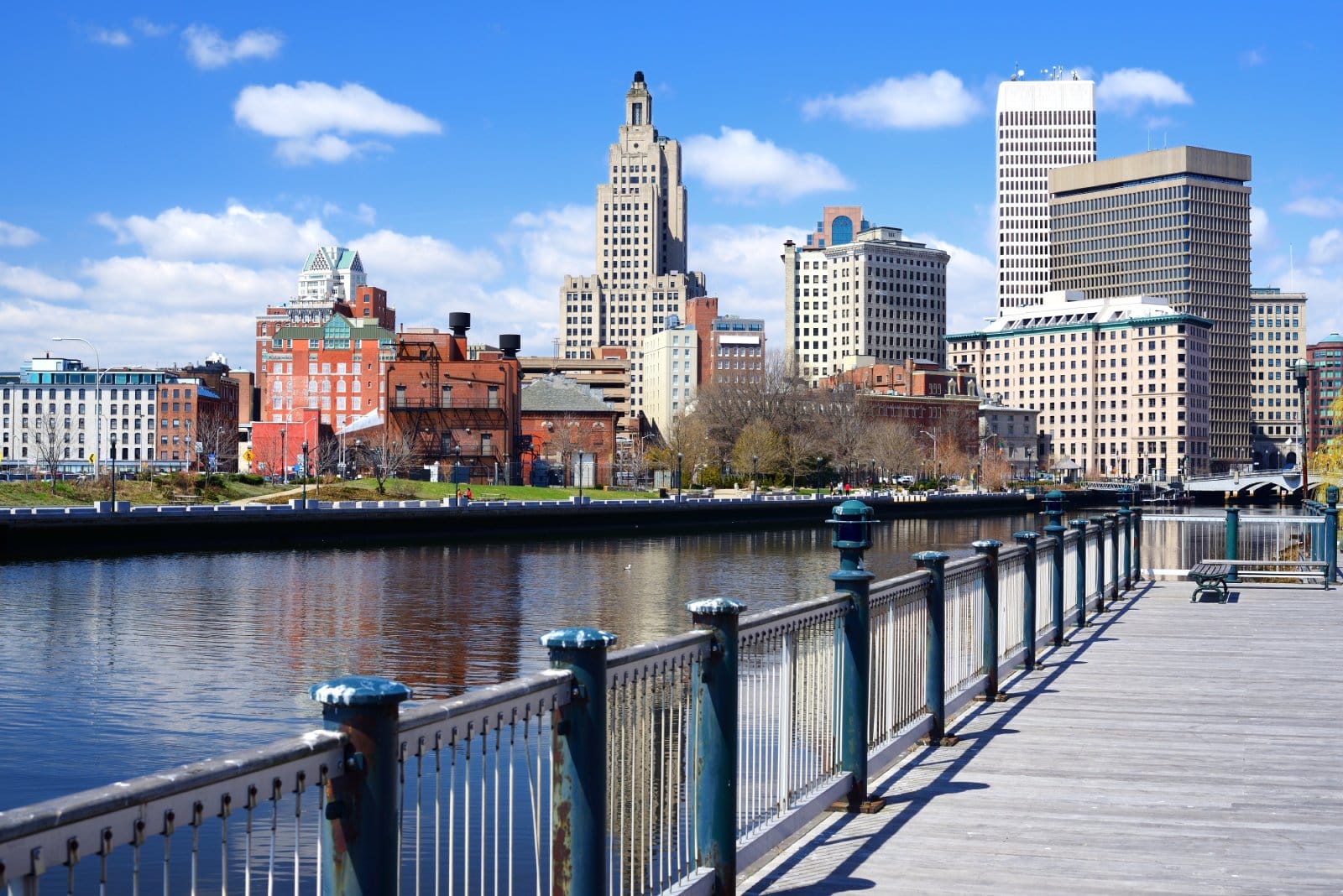
Rhode Island struggles with infrastructure funding, leading to roads that are often riddled with potholes and suffering from general disrepair. This small state faces big challenges in upgrading and maintaining its road network.
#3. California
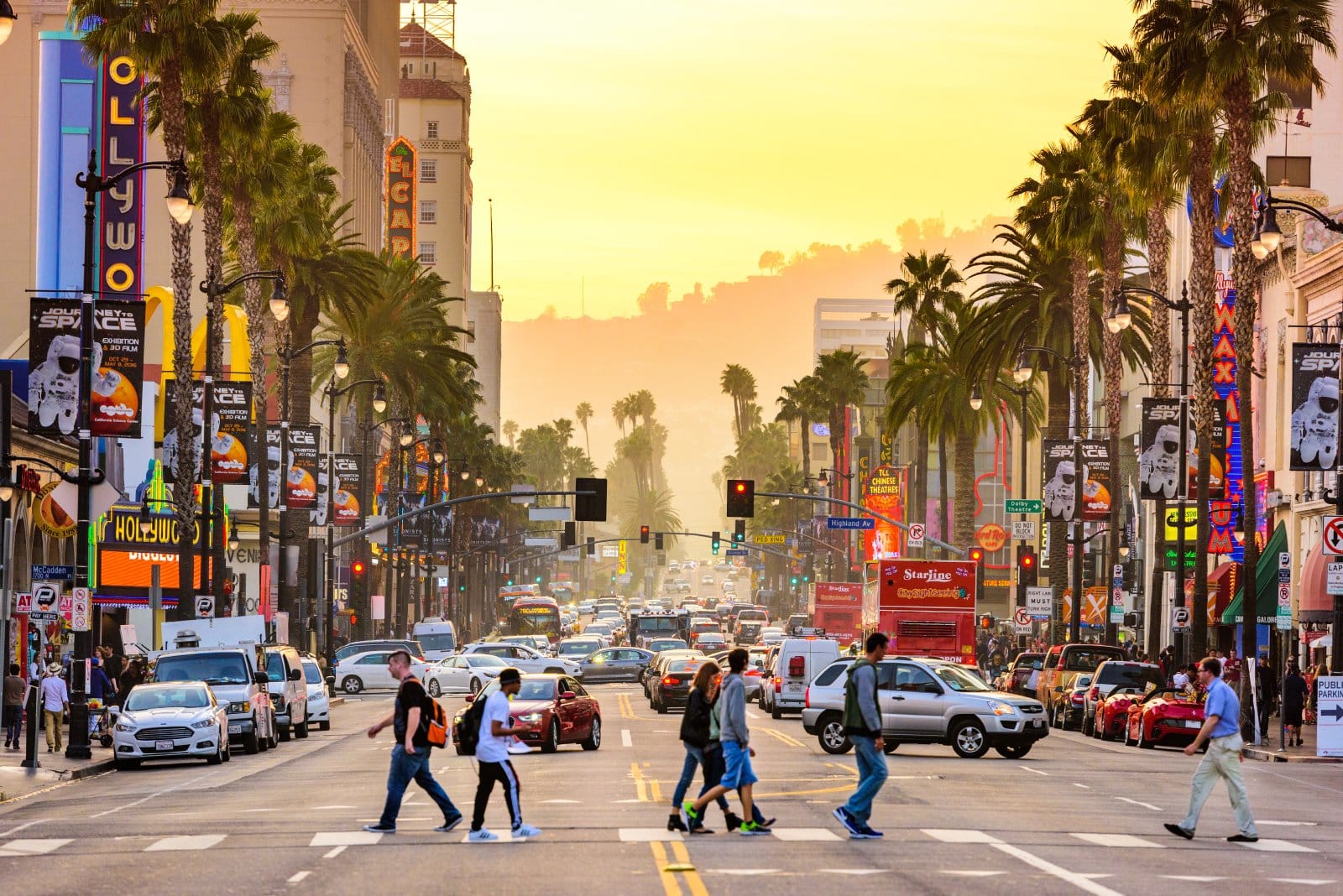
Despite its wealth, California has problems with road congestion and maintenance. Frequent seismic activity, heavy traffic, and an aging infrastructure contribute to its deteriorating road conditions.
#4. Michigan
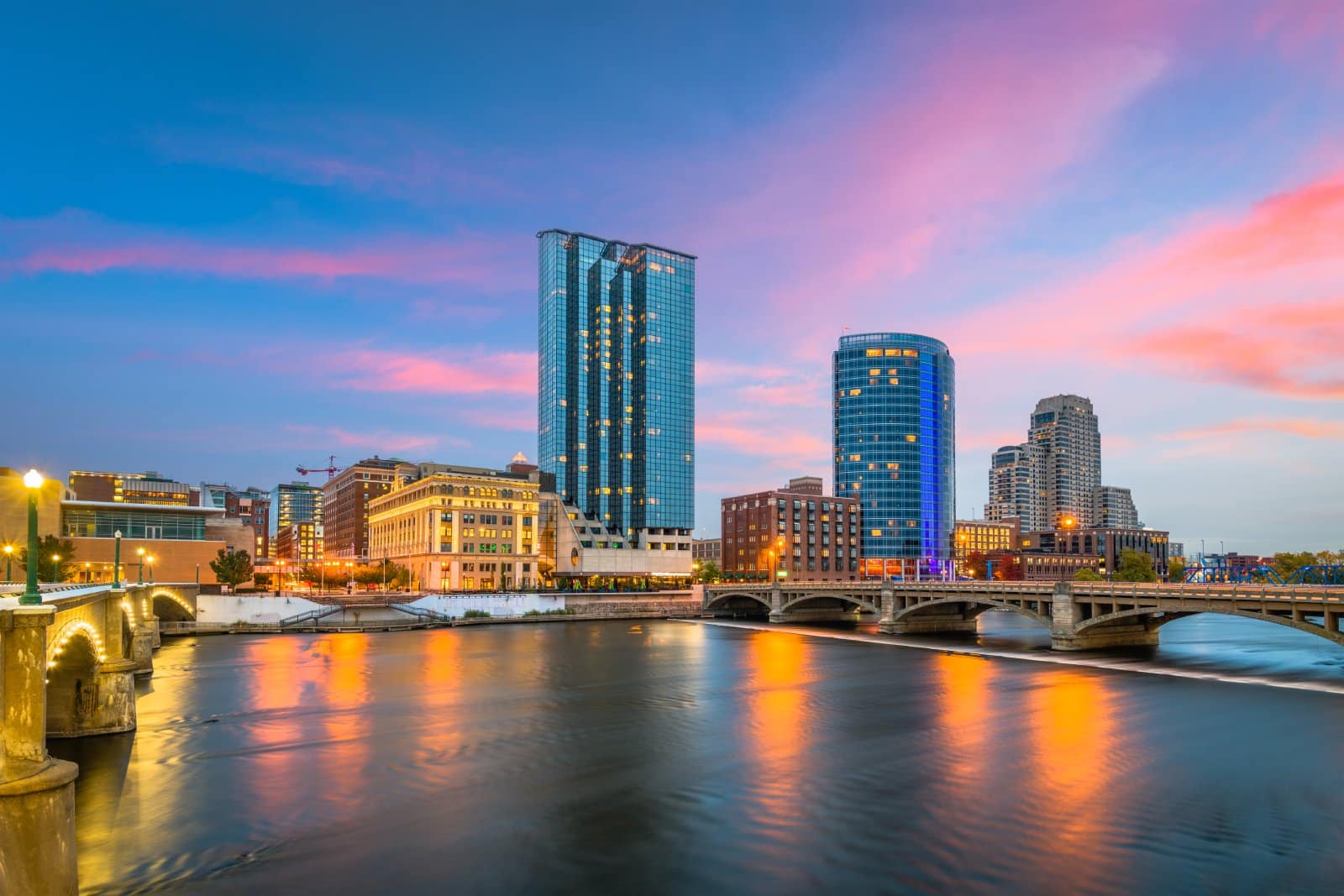
Michigan’s roads are affected by extreme weather conditions, including severe winters that cause freezing and thawing cycles detrimental to pavement integrity. Limited state funding exacerbates the inability to address these issues adequately.
#5. Pennsylvania
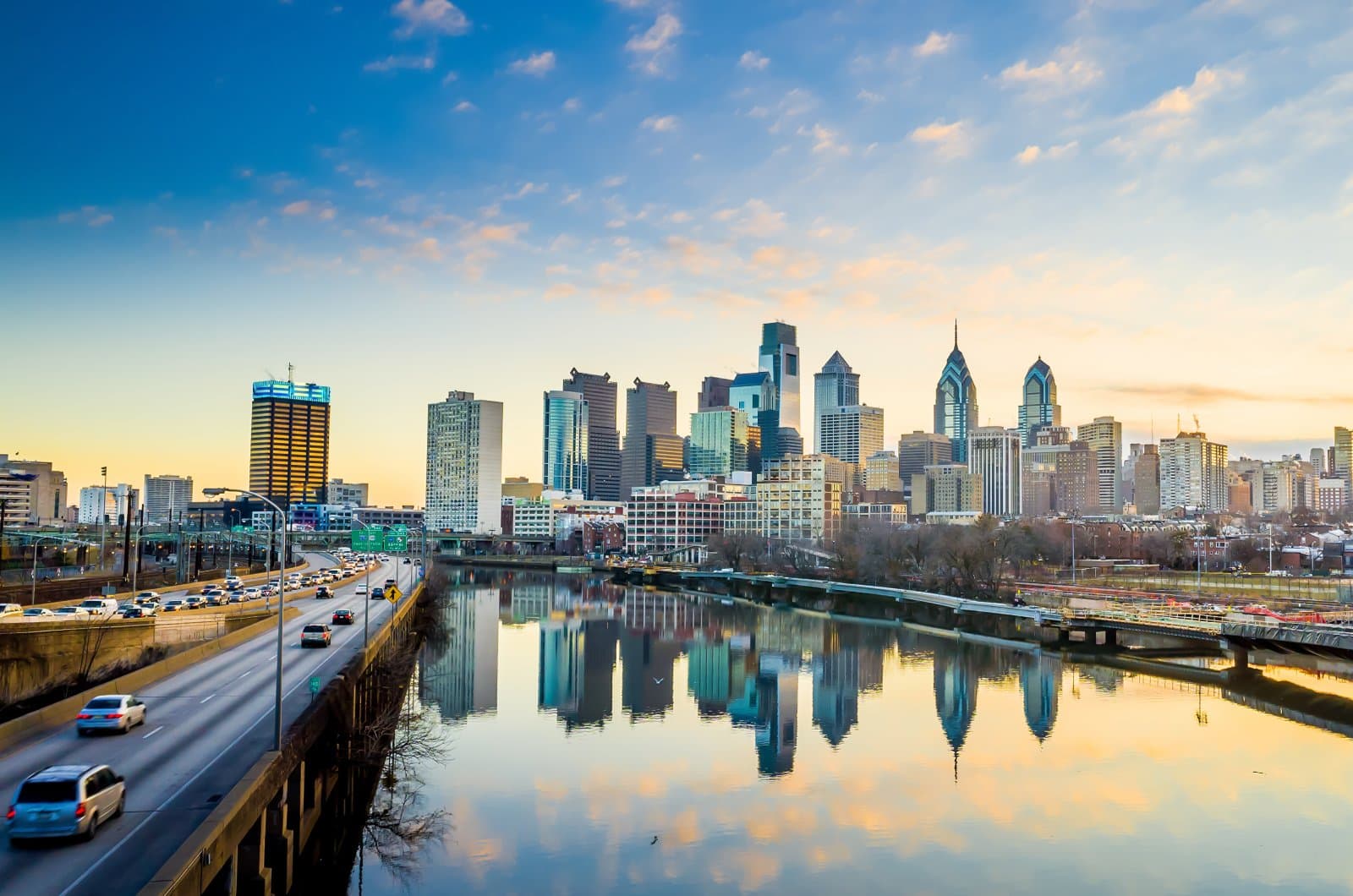
Pennsylvania deals with an aging infrastructure and challenging terrain, which complicates road maintenance. Funding issues often delay necessary repairs and upgrades, leading to widespread deterioration.
#6. New Jersey
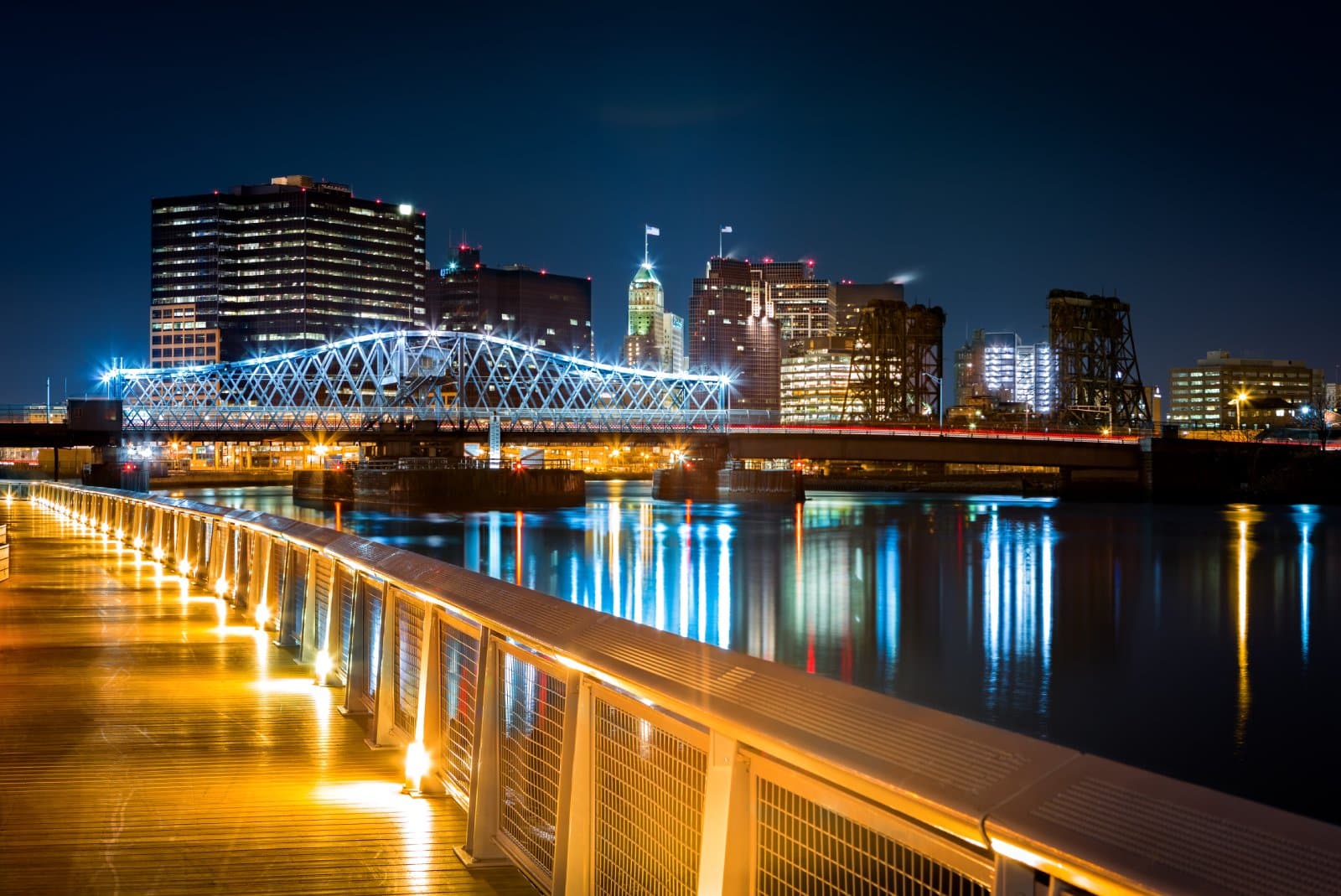
High traffic volumes and an aging road system strain New Jersey’s infrastructure. Ongoing budget issues hinder the state’s ability to keep up with necessary repairs and improvements.
#7. Hawaii

Isolation and environmental factors contribute to Hawaii’s road problems. Salt air, humidity, and volcanic activity all play roles in deteriorating road conditions, coupled with high costs for importing repair materials.
#8. Wisconsin
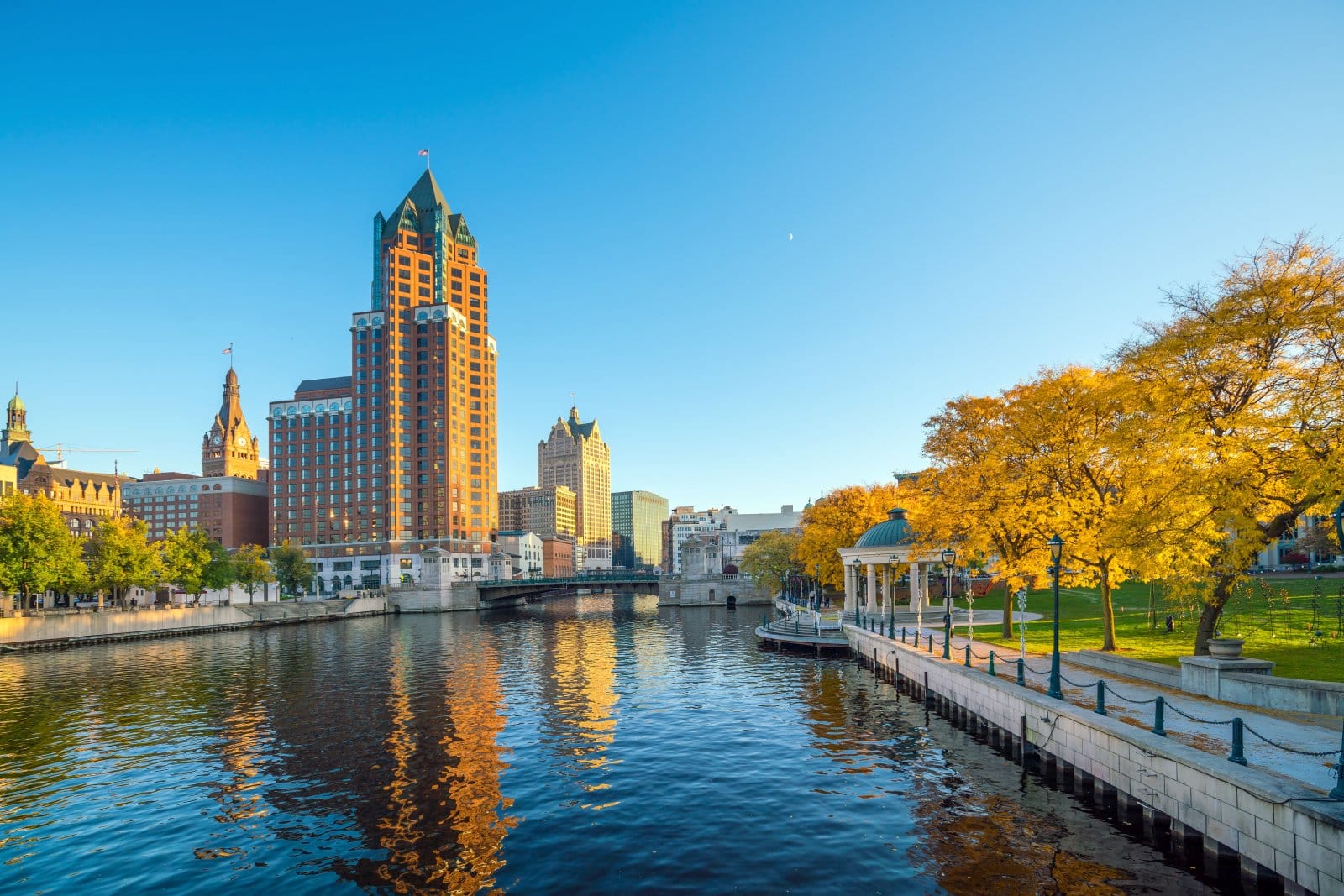
Wisconsin’s roads suffer from heavy use and severe winter weather, leading to rapid deterioration. Funding for road maintenance has not kept pace with the need for repairs, resulting in worsening conditions.
#9. Missouri

Missouri faces challenges with both funding and weather conditions that affect road quality. Hot summers and cold winters create significant stress on pavement, leading to quicker degradation.
#10. Oklahoma
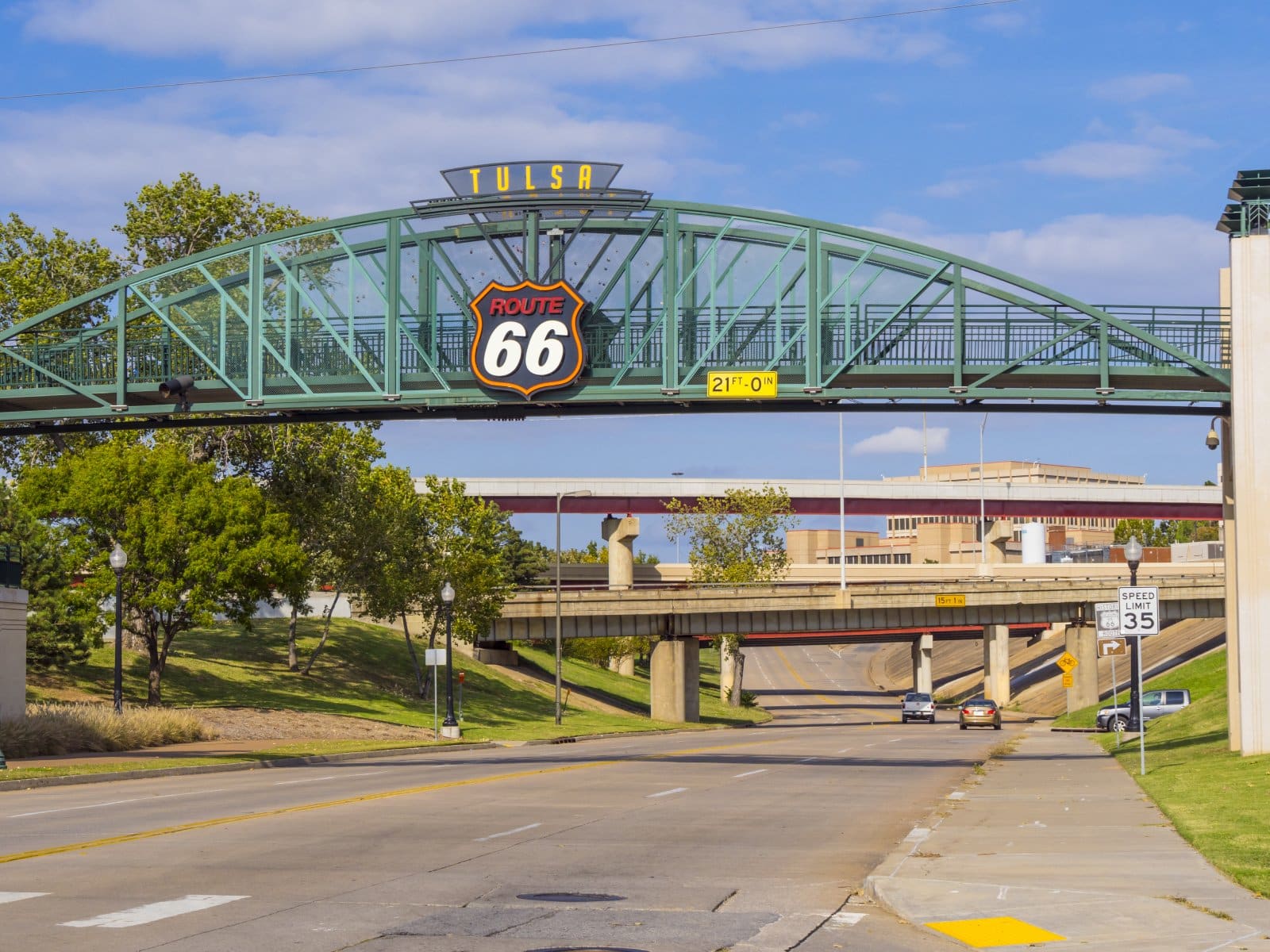
Oklahoma’s roads are impacted by extreme weather and heavy truck traffic associated with the oil and gas industry. These factors, along with inconsistent funding for roadwork, contribute to poor road conditions.
#11. South Carolina
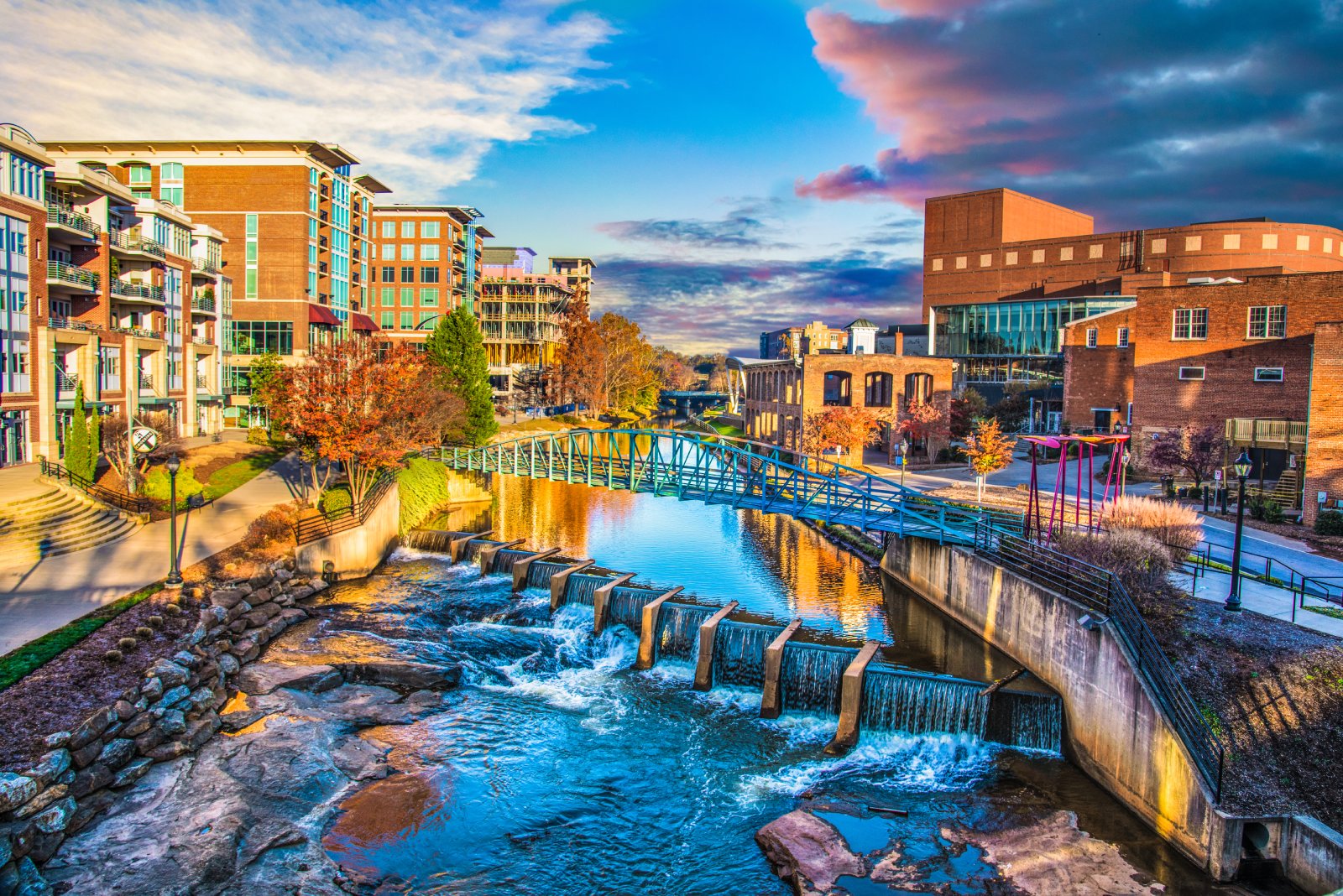
This state struggles with coastal weather conditions and high traffic in tourist areas, which wear down roads more quickly. Funding for road infrastructure has struggled to match the growth in vehicle usage and tourism.
#12. Illinois
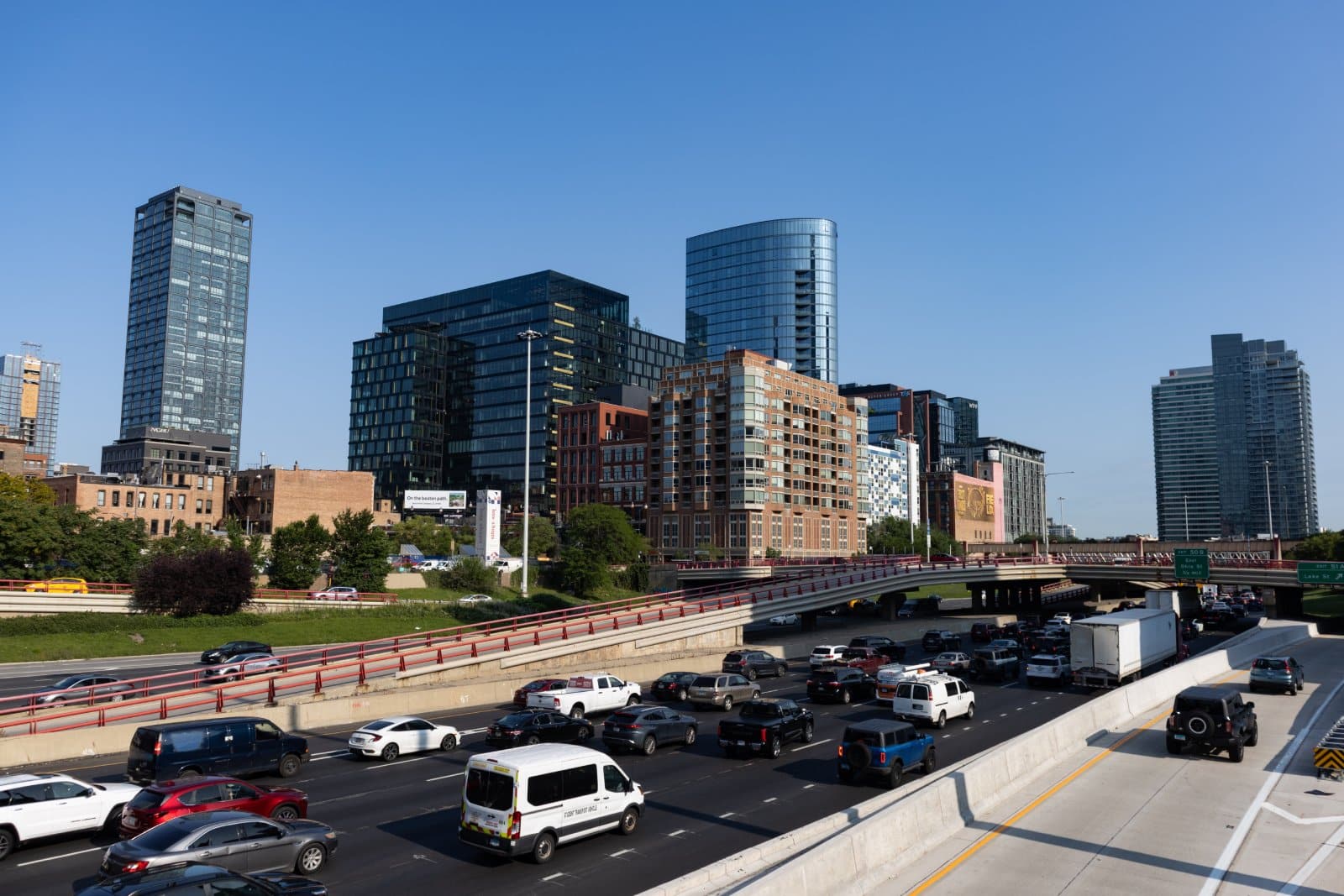
Illinois contends with both harsh winters and hot summers that cause roads to deteriorate faster. Financial challenges at the state level have resulted in delayed maintenance and slow responses to emerging road issues.
#13. Connecticut

Connecticut faces a combination of aging infrastructure, heavy traffic, and challenging winter weather. High costs and budget constraints add to the difficulties in maintaining and improving road conditions.
#14. New York

In New York, especially in areas like New York City and upstate, harsh winters and heavy traffic exacerbate road wear. Funding for repairs is often diverted or insufficient, leading to persistent problems.
#15. Washington
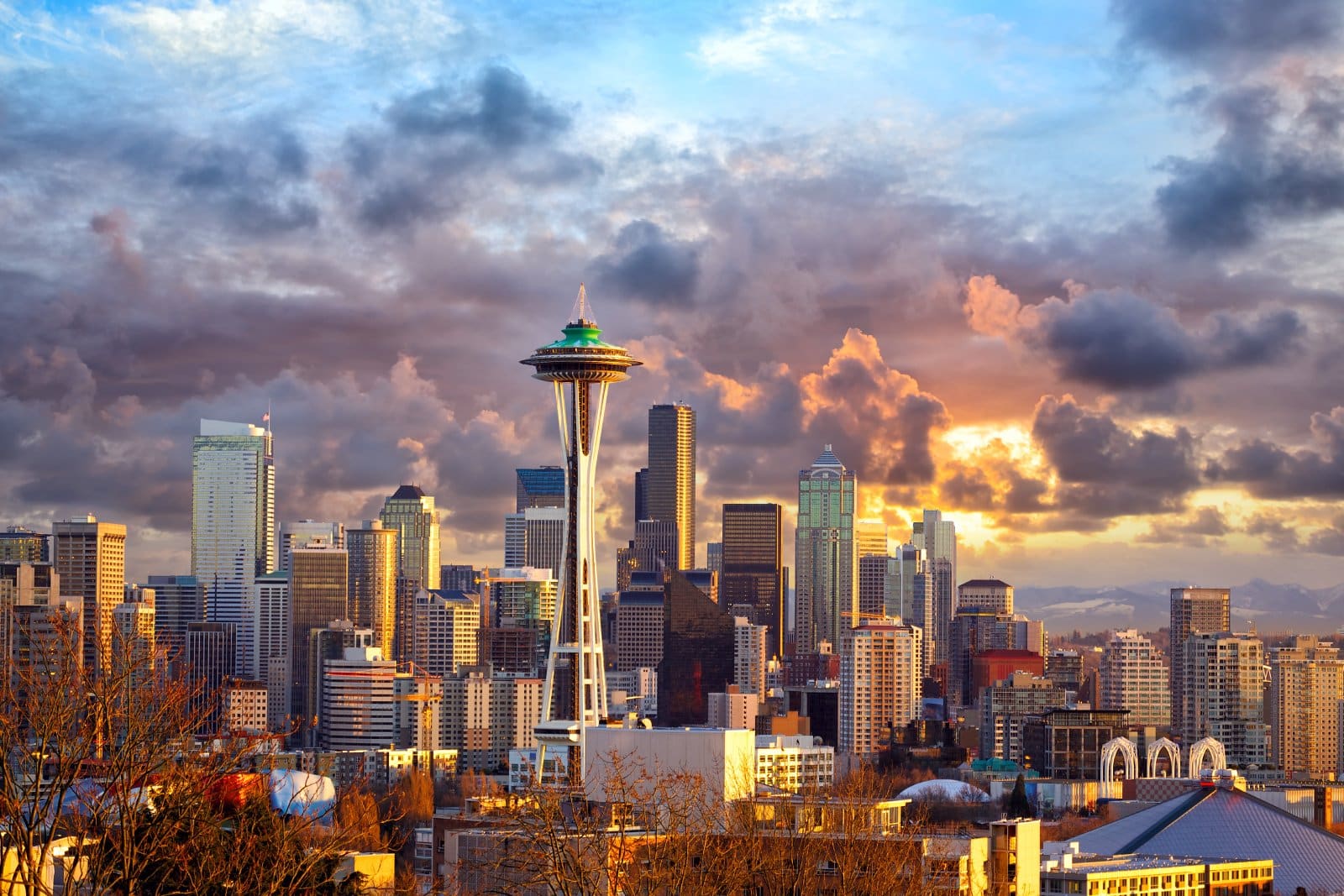
Persistent rain in Washington causes erosion and damage to roadways, while funding for infrastructure often does not keep pace with the rate of deterioration, particularly in rural areas.
#16. Massachusetts
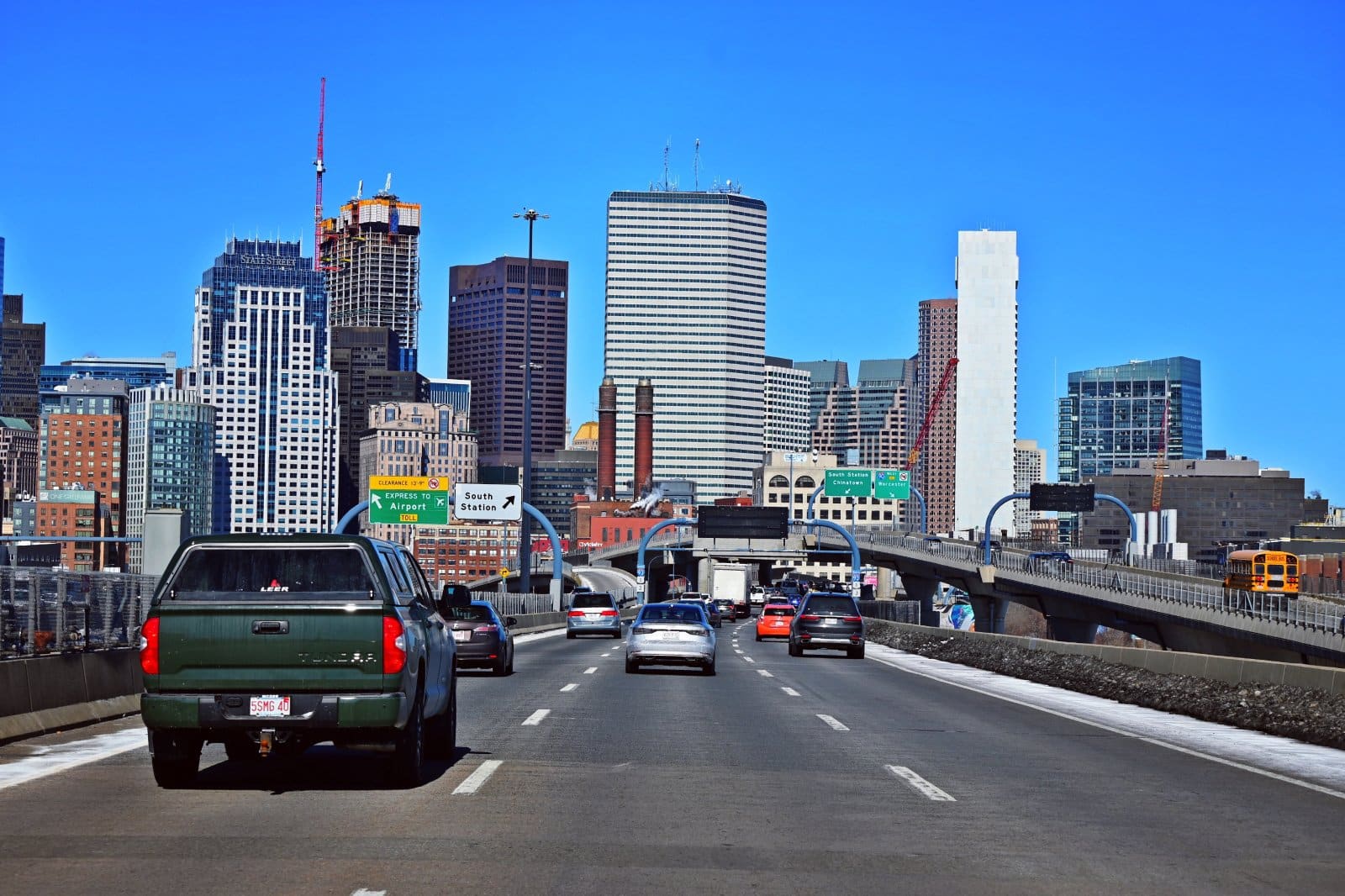
High traffic, old infrastructure, and severe weather conditions contribute to Massachusetts’s road problems. The complex road layouts, typical of older cities like Boston, also complicate maintenance efforts.
#17. Alaska
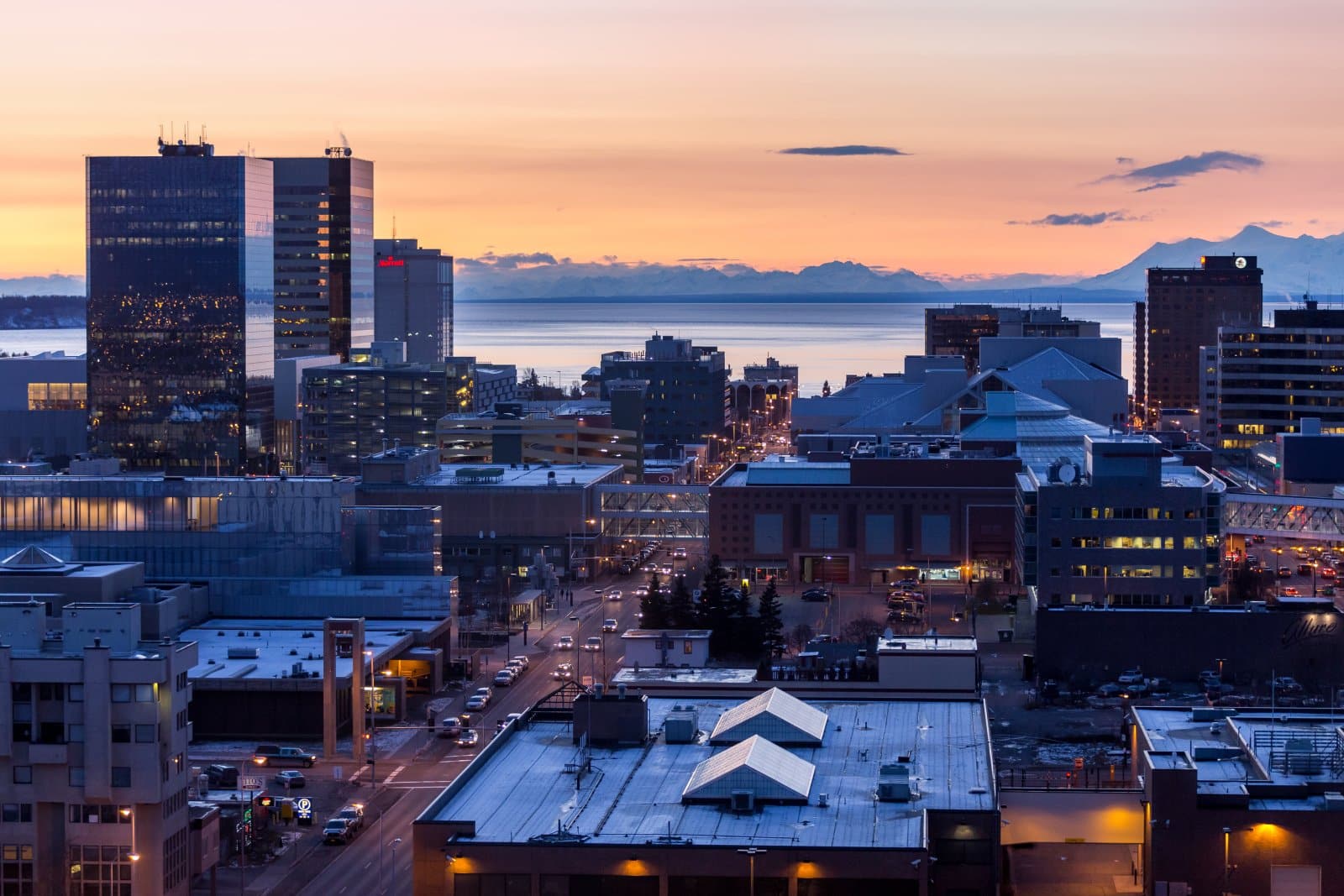
Extreme weather conditions and remote locations make road maintenance in Alaska particularly challenging and expensive, leading to varied road conditions across the state.
#18. Nevada

Though not typically noted for bad roads, Nevada’s extreme temperatures can degrade pavement over time. Urban areas like Las Vegas face challenges with traffic congestion as well.
#19. Ohio
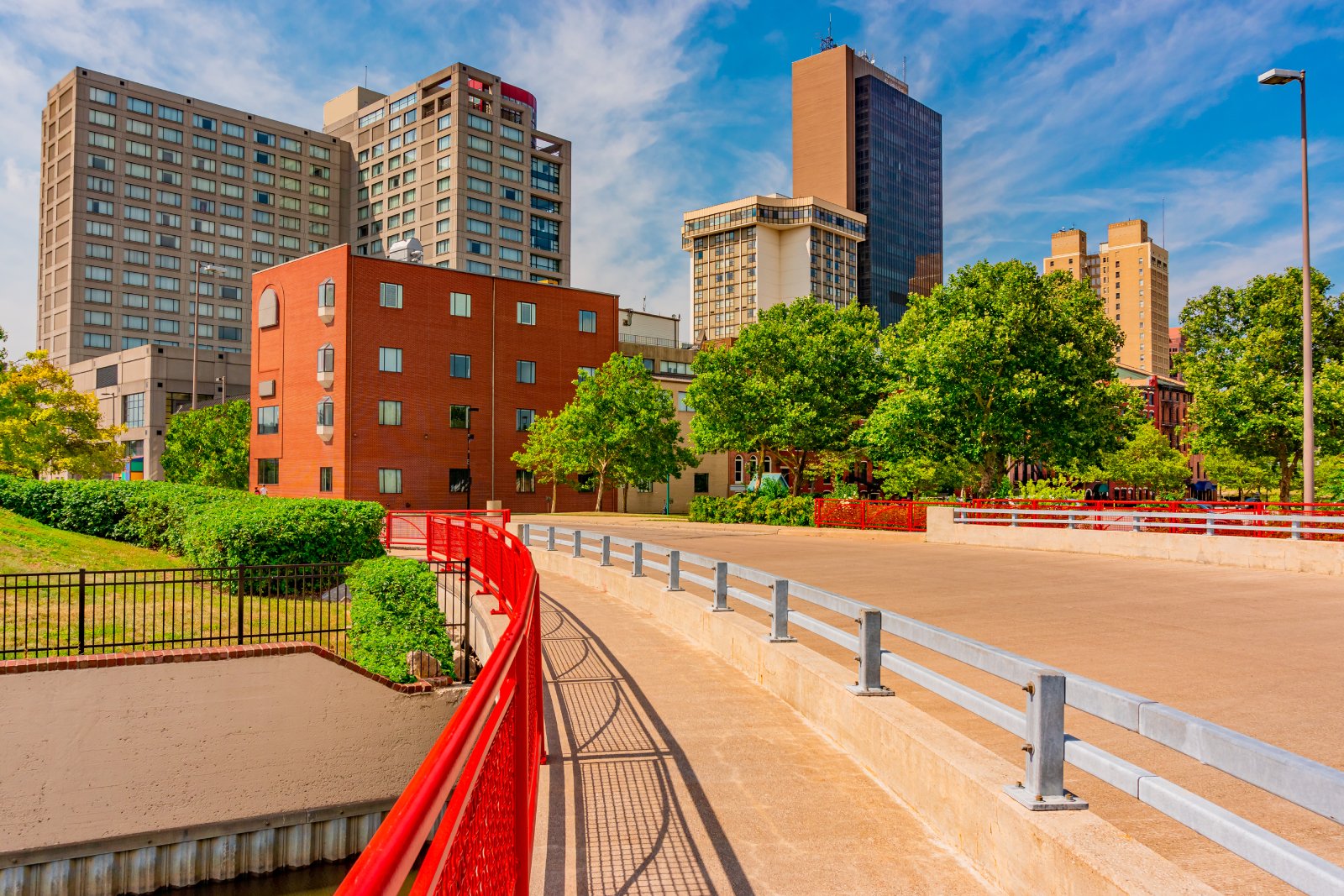
Ohio’s combination of heavy industrial traffic, severe weather, and budgetary constraints lead to widespread issues with road quality, particularly in areas with older infrastructure.
#20. Tennessee
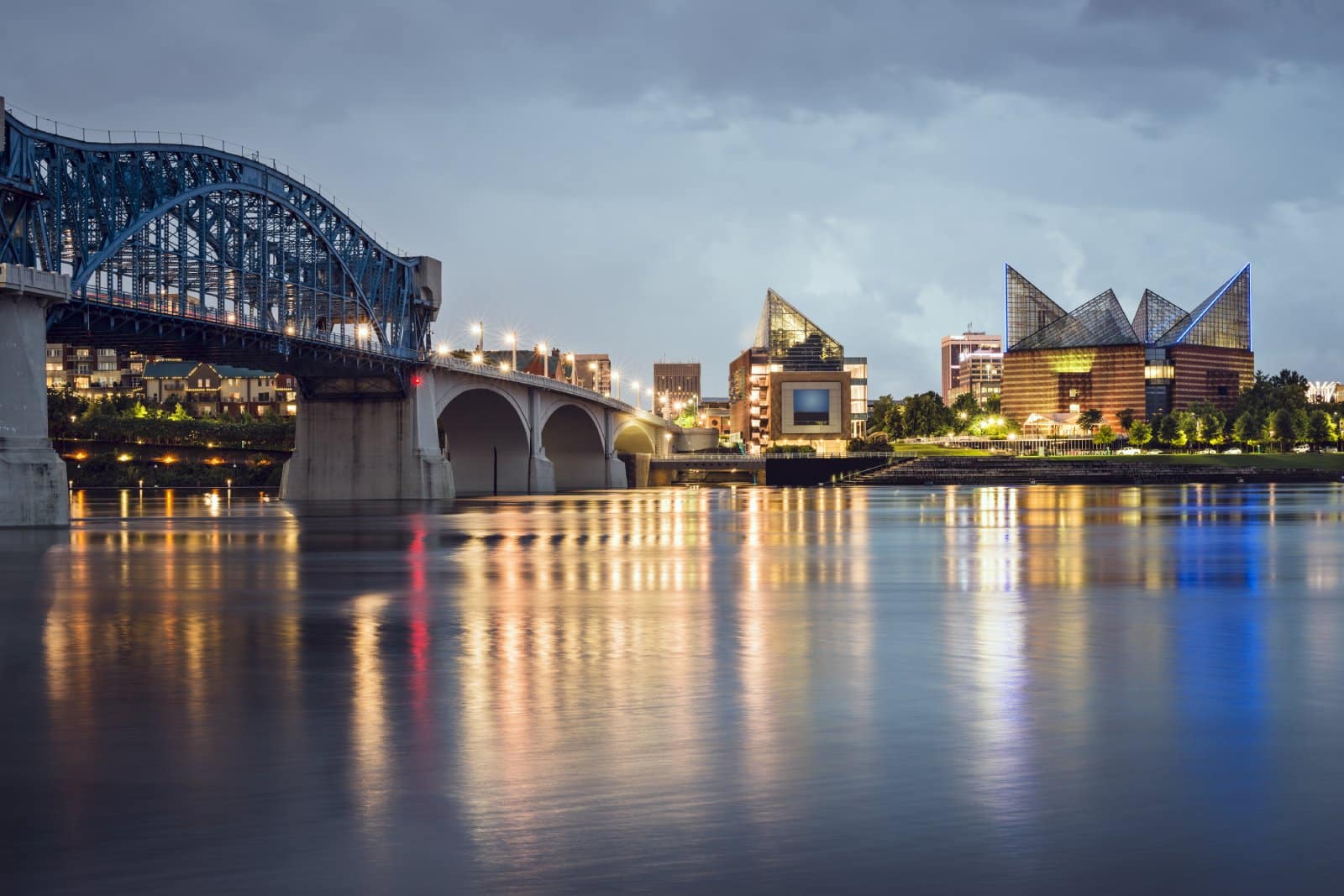
Tennessee’s fluctuating temperatures and heavy rainfall contribute to road wear. Urban expansion and heavy traffic in cities like Nashville exacerbate these issues.
Highways and Low Quality
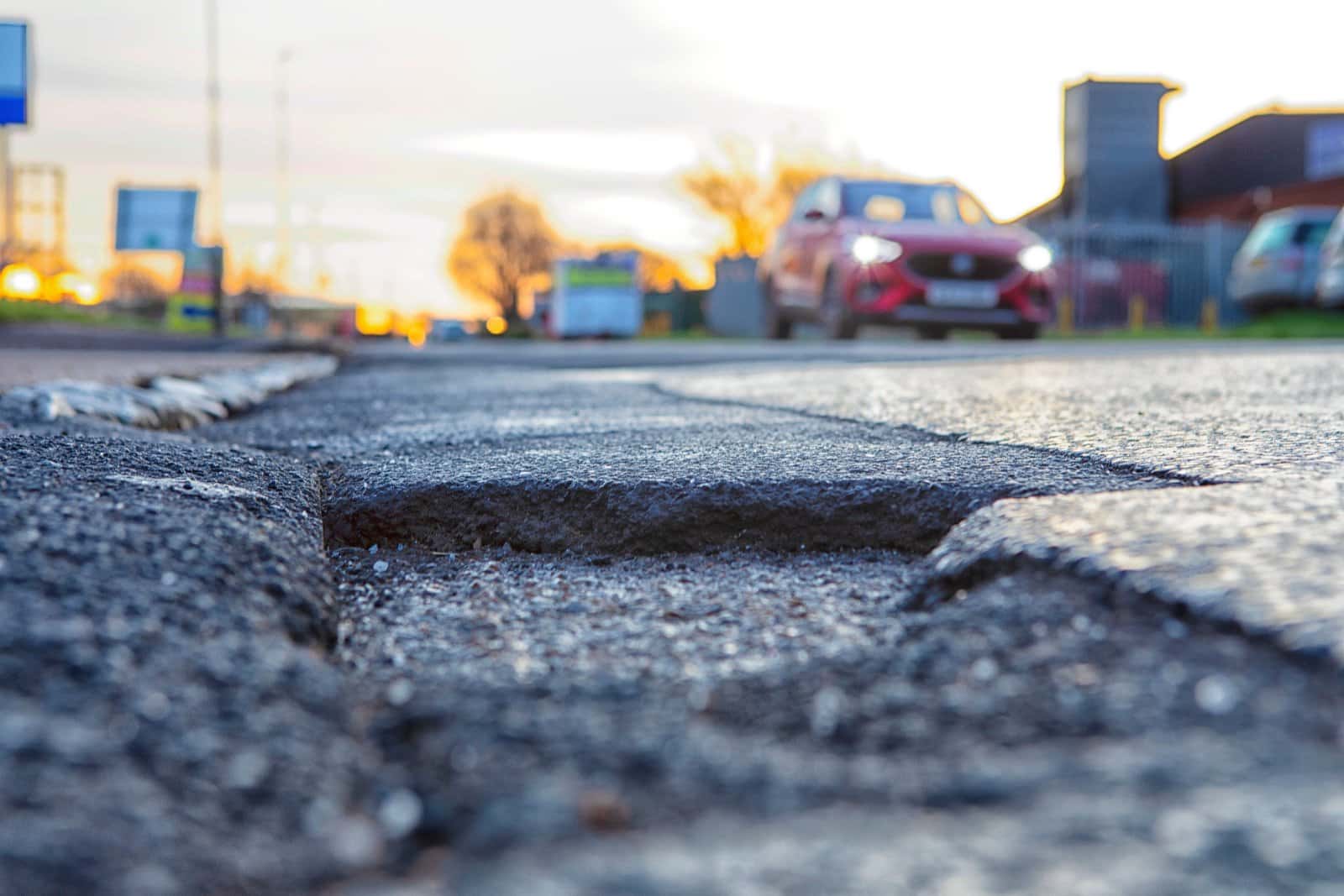
Driving in these states might not get you into heaven, but it’ll sure shake the hell out of you. So, buckle up, enjoy the scenic route filled with urban craters, and remember—every pothole has its story. Just maybe not one you want to experience firsthand.
The post The U.S. States Suffering from the Worst Roads first appeared on Wealthy Living.
Featured Image Credit: Shutterstock / James Andrews1.
The content of this article is for informational purposes only and does not constitute or replace professional financial advice.
For transparency, this content was partly developed with AI assistance and carefully curated by an experienced editor to be informative and ensure accuracy.

